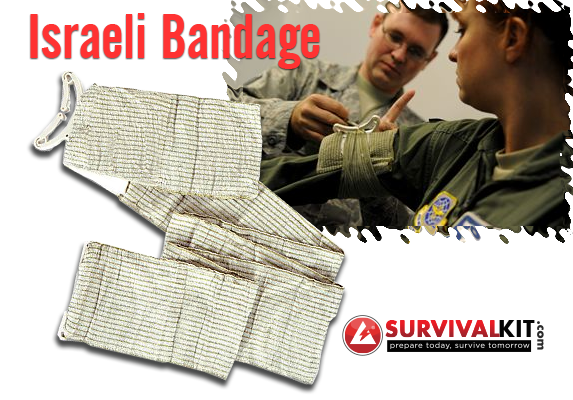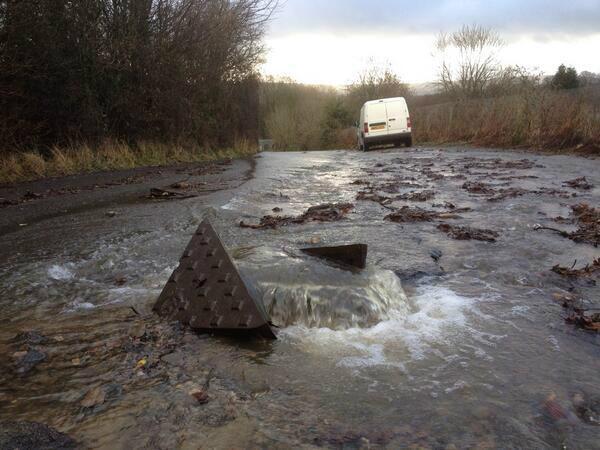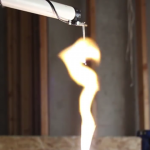Some of the most critical life and death choices that you will ever make will happen during the first few hours and days after a disaster strikes. Where will you go? What will you do for water and food? How will you attend to injuries or illness? What happens after the dust settles? All of these questions must be addressed during times that are stressful and uncertain. Unfortunately, there are usually few easy answers or blanket solutions that will work for every person during every situation. Knowing how to act during these times will help you to assess the situation, take appropriate action and lead yourself into a safer and more secure environment.
Get Out of Danger.
The first thing to do is get out of immediate danger and find a temporary place of safety. This is priority number one. Whether your home has been flooded, blasted away by a tornado or you need to get out of town because of social unrest, you need to find a place that will allow you to assess the situation, attend to immediate concerns and develop a longer-term strategy.
Secure water and food.
You need water throughout the day, irregardless if you are running for your life or simply waiting for an all-clear to sound. A lack of water will impact your energy level, ability to think clearly in a crisis and severely limit your ability to function. Food is also important, but you can go a few days without eating if necessary. Focus on making sure that you have enough water to carry you through the immediate aftermath of a disaster.
Assess The Situation
The best time to take an assessment of the situation is after you have initially secured your safety, established a shelter and obtained food and water. Once the initial dust settles, you will be able to examine the extent of the disaster, explore possibilities and evaluate your situation. Do you need to seek medical attention? How long will your be displaced? What kind of resources will you need until life can return to normal? These examples are just some of the many questions that you may need to ask in order to develop a game plan that will help you to transition from reacting to a disaster to managing the aftermath.
Take Action
Don’t spend too much time thinking and planning, otherwise you may either get complacent or despondent. It is important to keep moving forward and improving your situation as best as possible as soon as possible. Once you have looked at the big picture and have a better understanding of what needs to be done, you need to act.
You won’t know exactly what to do once disaster strikes, no matter how much you plan and prepare in advance. However, using your knowledge and experience will help you to walk through the initial stress and disorder of a disaster and manage the situation as best as possible. Be flexible, be prudent and use good judgment by walking through these basic steps in order to give yourself the best chance of emerging from this crisis on a solid footing.
Feel free to share our article wherever and whenever you like. Our mission is to provide Proactive Preparedness Education to everyone, everywhere, and as often as possible.
To link to this page from your website, simply cut and paste the following code into your webpage. [copyurlbutton size=’small’]

















